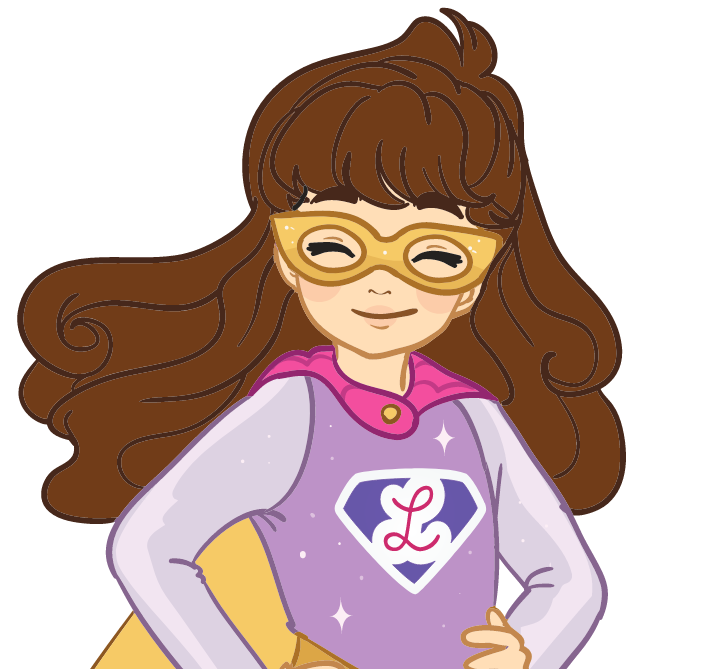Diversity in the toy-box: the surprising reason why representation matters
Empowering kids is at the heart of everything at Lottie Dolls’ HQ. With our range of kids’ toys that focus on diversity and representation, we aim to celebrate kids in all their glorious, heart-warming and life-affirming diversity. Welcome to the toy company that is helping to change the world for all kids!
“When I was growing up in the ’80s, I never saw anybody like me in toys, books or on TV. When I became a mum myself, I decided it was time things changed. I wanted the global toy industry to act, to better represent children.”
So says Rebecca Atkinson, founder of #ToyLikeMe, an organisation that lobbies for greater representation of disability and difference in the toy-box. Rebecca described the launch of Mia the Wildlife Photographer – our doll who, like Rebecca, has a cochlear implant - as her childhood dream come true.
Rebecca hopes that the doll will help boost the self-esteem of deaf children by seeing their life experiences acknowledged by the mainstream toy industry.

Representation matters and Lottie Dolls was one of the first companies to answer Rebecca’s call:
-
A quarter of the dolls in the company’s launch range wore glasses
- They were first-to-market with a doll with a cochlear implant
- They recently launched a doll inspired by a boy with autism/ADHD
“Achieving diversity in the toybox is central to our creative decision-making,” says Lottie Dolls’ co-founder, Ian Harkin.
“We’re proud of what we’ve done so far and will keep on doing our bit, making toys that represent all young children regardless of gender, ethnicity, ability or interests.”

There is another benefit to greater diversity in the toy-box, though, that goes beyond representation. After playing with toys like Mia, kids are more open to forming friendships with peers with disability and difference.
“The ability to take the place of others is at the root of the development of empathy. The power of the imagination can be seen even more acutely when it comes to toy figures and dolls,” says Dr Jones from Edinburgh’s Queen Margaret University.
The original Lottie doll – with a body-shape based on a 9-year-old child, sporting the perhaps untypical doll clothes of wellies and a raincoat and with a penchant for muddy puddles – was launched against the back-drop of fashion dolls with make-up, careers and breasts. The Lottie Dolls’ range is now made up of seven diverse characters - each of them super cute dolls - enabling children to reap the very many benefits of doll play while having fun, too!

![]() Fast Shipping*
Fast Shipping*![]() Subscribe to our Newsletter
Subscribe to our Newsletter![]() 🌟 A Walk in the Park Lottie Doll 🌟
🌟 A Walk in the Park Lottie Doll 🌟
















